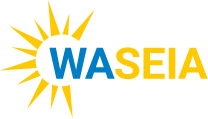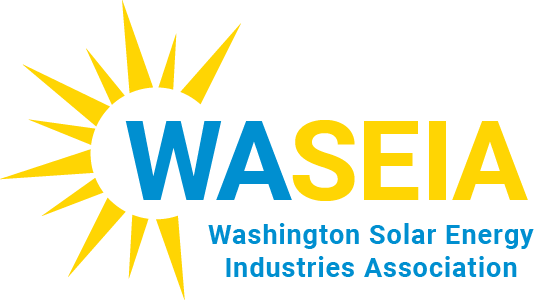Following a series of meetings this spring with WASEIA, Seattle City Light has agreed to reword changes to its solar interconnection standards that were drastically slowing rooftop solar deployments and increasing costs to customers and WASEIA member companies in City Light’s service territory.
Earlier this year, City Light began enforcing a newer section of their RESC, which said PV installations are considered an “alteration of service,” triggering a requirement that a property owner bring all of their existing electrical service current with the latest Seattle code.
That interpretation created a cost burden for customers and created a backlog in City Light’s variance review process because many installers and customers challenged the rule. Thanks to a concerted effort by a few WASEIA member companies who do a lot of work in SCL territory, we were able to drive our point home to their staff by allowing them to feel the full weight of that decision by sending hundreds of variance requests and customer complaints directly to their team.
At a meeting with WASEIA June 20, City Light said it was never the intention that solar interconnection agreements automatically trigger “change of service” rules. City Light will clarify to all customer service reps that this will be the policy going forward and clarifying language will be added to new rules in the RESC to be published in 2024.
“Through this process, we as an industry group have not only effected a very impactful reform that will greatly improve our members’ efficiency in SCL territory, but we’ve also built our clout as a trusted partner with the utility, which will assist us into the future and perhaps act as a model, said WASEIA Vice President Jon Lange, who led the negotiations on behalf of WASEIA.
Here is a brief summary of the changes:
1. No need to ask for a variance or pre-inspection from the Electrical Service Rep team unless it involves a life safety issue, you’re moving the meter, moving the electrical panel, increasing service capacity, adding SCL meters, or otherwise altering the service. Interconnection of solar alone will not be considered a trigger for bringing existing service to current standards.
2. Meters that met previous standards when they were installed (like between 4-7ft) or closer than 18″ to an existing building wall don’t need a variance. The new code will require that we not install our new equipment in a manner that would violate their working space requirements.
3. The SCL customer facing team is working on communicating to any impacted customers who are currently at some point in the variance process, to alert them to the new decision.
Representing WASEIA in the negotiations were Lange of Sunergy Systems; Board member Kristy Royce of Sun Path Electric and fellow Sun Path employees Briggs Nieman and Sonja Ling; Jesse Anderson of A&R Solar; and WASEIA Development Director Bill Will.
“This is a great example of how WASEIA best represents our industry,” Will said. “We spoke as one for solar, and we had the clout and credibility to reach the decision makers at City Light – who were willing to listen. It was a great team effort.”

